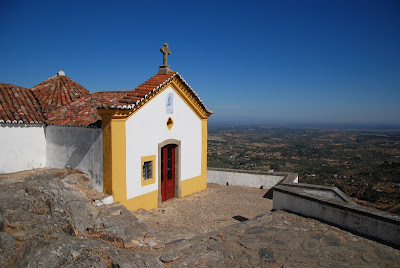 |
| Zafra (Badajoz - Extremadura), Spain |
There is something magical about Zafra's Plaza Grande.
 |
| Zafra (Badajoz - Extremadura), Spain |
 |
| Llerena (Badajoz - Extremadura), Spain |
 |
| Llerena (Badajoz - Extremadura), Spain |
 |
| Llerena (Badajoz - Extremadura), Spain |
 |
| Serpa, Portugal - Region of Alentejo |
 |
| Marvão, Portugal - Region of Alentejo |
 |
| Marvão, Portugal - Region of Alentejo |
 |
| Castelo de Vide, Portugal - Region of Alentejo |
 |
| Castelo de Vide, Portugal - Region of Alentejo |
 |
| Castelo de Vide, Portugal - Region of Alentejo |
 |
| Lisbon, Portugal |